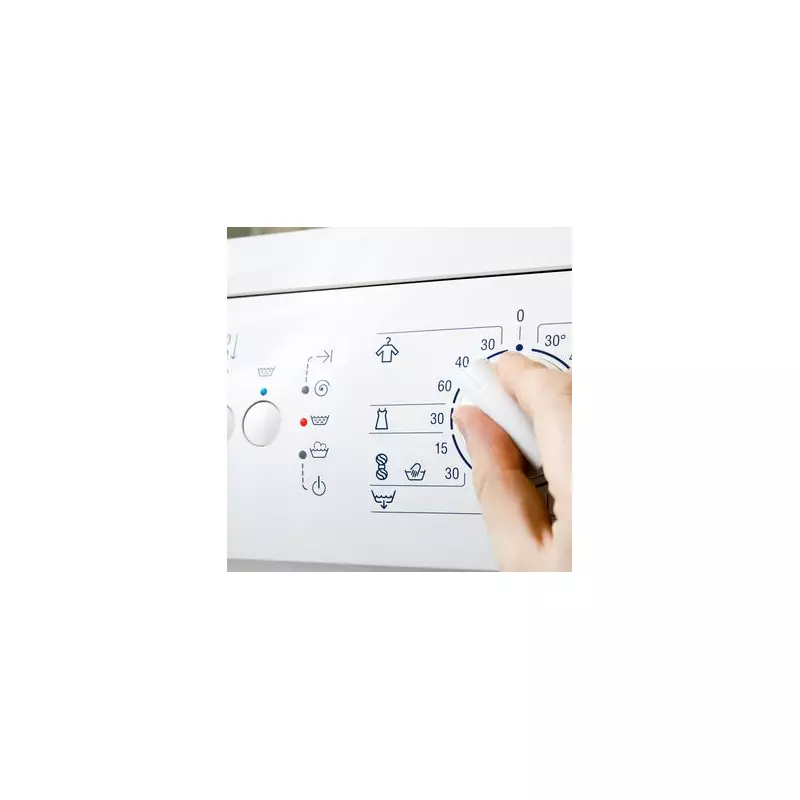
As winter tightens its grip and energy costs continue to soar, families across Britain are desperately seeking ways to keep their heating on without breaking the bank. Surprisingly, one of the most effective solutions could be found in your utility room, with a simple change to when you do your laundry.
The Power of Off-Peak Washing
According to energy expert Les Roberts from Bionic, the timing of your wash cycle can have a substantial impact on your electricity bill, but with one important caveat. This strategy is particularly effective for households on time-of-use or off-peak electricity tariffs.
Roberts explains that electricity becomes cheaper during periods of lower demand, when the National Grid is under less strain. This window typically falls between 10pm and 8am.
"Costs can sometimes be 50% lower during these hours," Roberts revealed. "So it can definitely be worth doing your load overnight and taking advantage of these off-peak prices." For those on the right tariff, this simple shift in routine could translate to hundreds of pounds in annual savings.
Maximising Your Machine's Efficiency
Beyond timing, the efficiency of your washing machine itself is a critical factor. Roberts advises consumers to check the energy rating printed on their appliance's label, which ranges from G (least efficient) to A (most efficient).
"The more efficient models cut the kWh used per cycle significantly, so running costs will be much lower," he said. He also noted that older machines, particularly those over a decade old, tend to be far less energy-efficient, suggesting that an upgrade could be a wise long-term investment for many households.
Smart Washing Habits for Big Savings
David Palmer, LG's Senior Product Specialist for Home Appliances, shared additional insights for cost-effective laundering. He emphasised that washing machines are more energy efficient when running at lower temperatures for longer durations.
"The temperature you choose to wash your clothes at has an impact on your energy usage," Palmer explained. "If you choose to wash at 20°C or lower, you can minimise the amount of energy your washing machine consumes."
This approach is now well-supported by modern detergents. Ariel, a leading UK detergent brand, confirms that their products are designed to work effectively in cooler water, such as at 20°C or 30°C. This not only helps preserve colours and reduce shrinkage but also slashes energy consumption. This method is ideal for refreshing lightly soiled seasonal clothing.
However, for heavily stained items, towels, or bedding, a hotter wash above 40°C is still recommended to eliminate bacteria and tackle mould effectively.
Palmer also highlighted a common laundry mistake that hurts both your wallet and your machine: overdosing on detergent.
"Overdosing with detergent can also affect your washing machine's energy efficiency," he warned. This practice puts extra strain on the machine, can lead to poorer cleaning results, and may even damage clothing, forcing premature replacements and negating any cost savings.
Deyan Dimitrov from Laundryheap debunked the myth that heavily soiled items need extra detergent, warning that it does "more harm than good." For bed linens, he suggests ditching excess powder and trying a natural alternative like half a cup of baking soda and vinegar to avoid stains and fibre damage.
Finally, Palmer recommended an "economic" approach: running full loads instead of multiple half-loads. While overloading the machine can prevent proper cleaning and stop detergent pods from dissolving, a full, well-measured load is the most efficient way to wash, ensuring every cycle counts towards lowering your energy bill.





